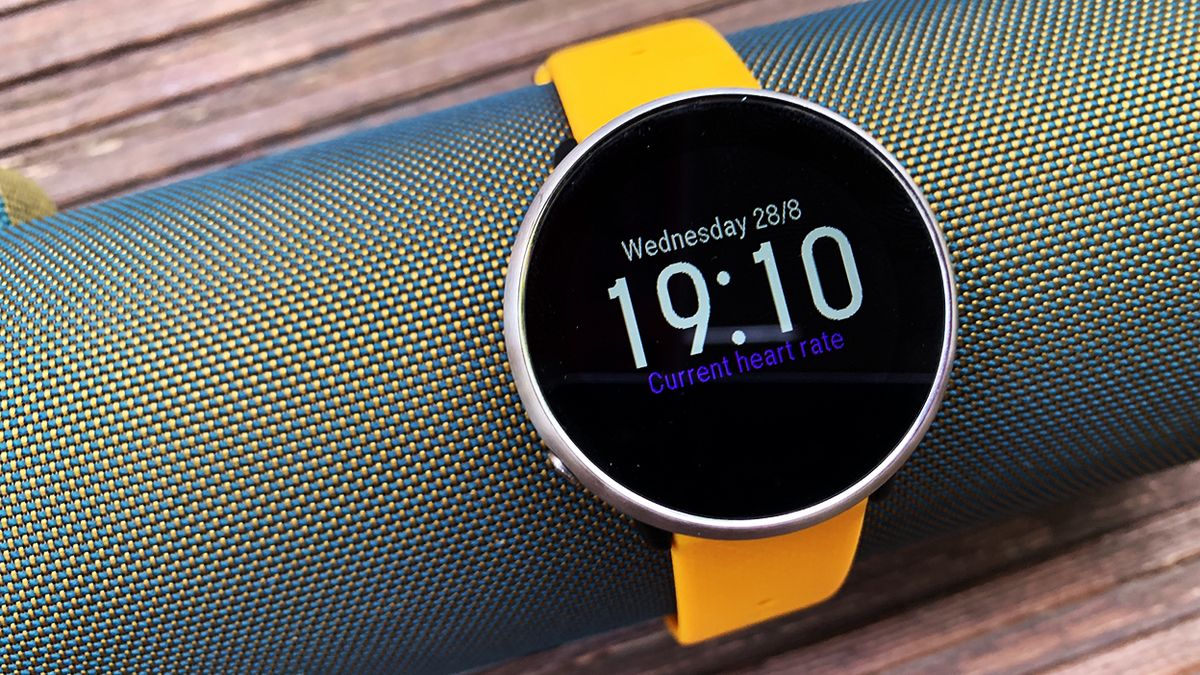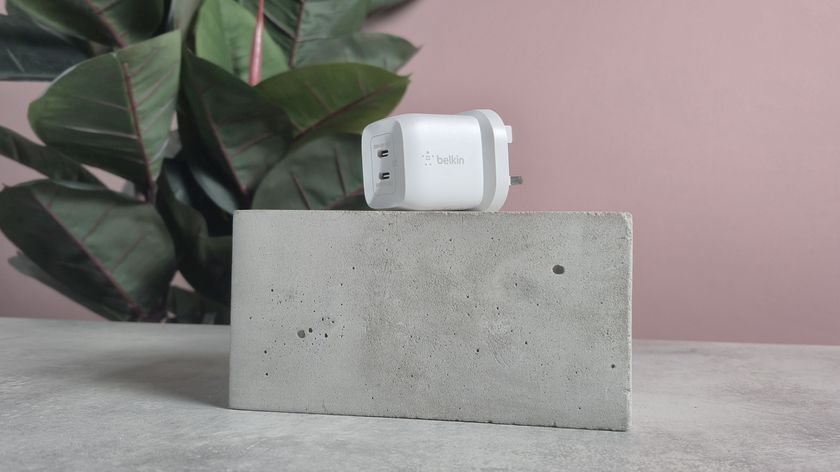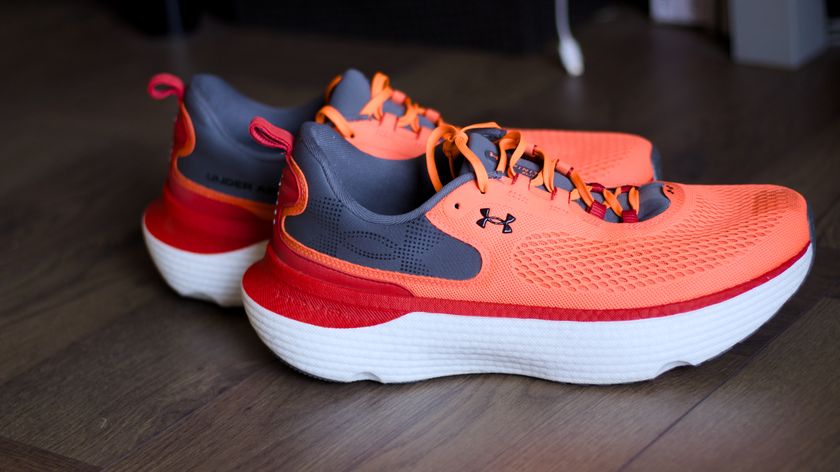Why you can trust TechRadar
Features, app and usability
- Adaptive workout recommendations for beginners
- Advanced sleep and recovery tracking
- Simple 5-minute fitness test
The Polar Ignite has multi-sport skills and dozens of sport profiles to select from, but the real newsworthy features here are the FitSpark daily training guide, Nightly Recharge recovery tracker and Sleep+ Stages. The latter provides the most detailed breakdown of your shuteye we’ve seen from Polar yet.
When you raise your wrist to wake the watch, there are six screens you can swipe through: Time, Activity, Heart Rate, Last Training Session, Nightly Recharge and FitSpark recommendations.
Top line insights for each of these areas are shown on each screen, making it quick and easy to swipe through for a summary of your main stats. From each screen you can then dig deeper with a simple tap.
Adaptive training recommendations
FitSpark is basically a workout recommendation tool that offers up suggestions for any one of 19 different sessions, based on your fitness, recent efforts and recovery state.
On the FitSpark top screen, each day you get one recommended Strength, Cardio or Supportive workout that’s best for you today. Supportive is a new term and this looks at areas like core and mobility.
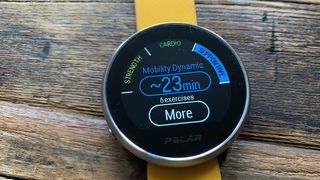
In addition, Ignite offers up three alternative daily sessions, should you feel like doing something different.
The Cardio sessions are based on duration and intensity with heart rate zones for a guide. For example, you might get a choice of a Cardio Medium workout of 1 hour 22 minutes in heart rate zones 1-3, or a Cardio Long of 2 hours 20 minutes in zones 1-2.
For us the Ignite was quite good at picking up when our Nightly Recharge recovery was Poor and recommending a recovery session. But we found it a little odd that most of the cardio recommendations we got were for well over an hour. While physiologically that might be what’s optimal, practically this felt like a stretch and an option for a session up to an hour would have been welcome.
Once you select a workout, you then get a very useful explanation of the aim of the workout such as “Moderate workout to improve your aerobic fitness.” Hit start and the watch will buzz and beep during your effort to remind you to stay in the right target zones.
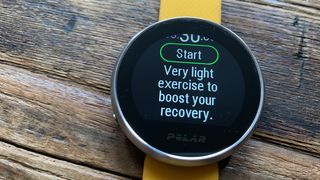
Core and mobility workouts come with a duration and a complete drill-by-drill guide with handy animated avatars to show you how each move is done. Strength sessions also come with a detailed breakdown of drills. It’s a nice touch that’s not over-elaborate, but educational enough.
This is a fantastic tool for anyone who’s unsure how to put together a balanced training plan, or isn’t sure what a core session might look like. Being able to do everything straight from the watch in a couple of taps is itself a welcome simplification of the whole training process.
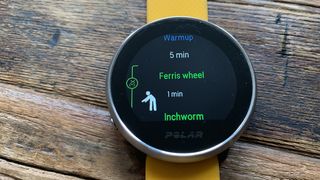
Though we did find it a little limiting that you couldn’t access the other workouts that weren’t recommended for that day. You can’t do a guided strength session for example unless the Ignite offers it as one of its daily four recommended sessions.
We also didn’t have long enough to test whether following the FitSpark recommendations worked for increasing fitness levels, but from a motivational point alone, this is a powerful tool that definitely keeps workouts fresh. Though Polar will need to add more sessions to make this last the long term.
Sleep and recovery tools
Fitness gains aren’t made while you’re working out, they’re made when your body rebuilds during recovery. That’s why the Ignite is trying to support this aspect with Nightly Recharge – an overnight recovery measurement that shows you how well you have recovered from the demands of your day.
The way your Nightly Recharge status is calculated is a little complicated. It’s based on how you slept (Sleep Charge) and how well your autonomic nervous system (ANS) calmed down during the early hours of your sleep (ANS Charge).
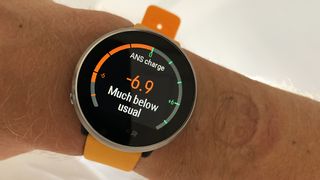
Thankfully everything is tracked automatically while you sleep and the way the advice is presented is much more digestible, with easy scores for everything.
The ANS Charge score is based on heart rate, heart rate variability and breathing rate during the early hours of sleep. The Sleep Charge reading compares your Sleep score for the past night to your usual level and gives feedback on a scale that runs: much below usual, below usual, usual, above usual and much above usual.
Each morning this data is combined into a Nightly Recharge readout that’s displayed on a scale of Very poor, Poor, Compromised, OK, Good, Very good. The idea being that you can then use this information to make smarter decisions, not just about how you train, but also about your general daily tasks. Very poorly recharged? Maybe you shouldn’t do the high wire routine today.
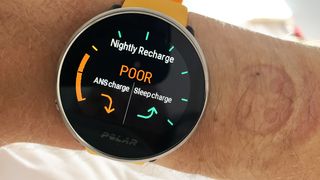
So how accurate is all of this? Let’s start with sleep. We tested this up against the Garmin Forerunner 945’s sleep tracking and both clocked us asleep at the same time. Though this was actually when we got into bed rather than actually fell asleep.
Wake up time was a different story. The Ignite accurately logged when we woke up, but the Garmin only clocked when we got up. So on that front the Ignite is a nose ahead.
Overall, in terms of sleep continuity, in our tests the Ignite tended to match how we felt we’d slept. Get into the nitty-gritty of sleep stages, however, and it’s not so clear. There were big discrepancies with the Forerunner:
Garmin Forerunner 945: Deep 35 mins, Light 5h 09, REM 2h 41, Awake 1 min
Polar Ignite: Deep 1h 19, Light 4h 36, REM 2h 05, Awake 27 mins
That said, there’s little doubt that the Ignite now offers probably the most detailed sleep and recovery analysis of any watch on the market.
Beyond what you get on the watch itself, the detailed data in the Polar Flow app for both is now extensive. It’s better even than on Polar’s flagship devices, though these smarts will come to the Vantage V soon.
Fitness test
Beyond these core features, you also get a very useful Fitness Test that lets you benchmark your progress with a 5-minute lie down. During your test, the watch uses your resting heart rate, heart rate variability and your personal information (gender, age, height, weight and training background) to estimate your VO2 max.
Interestingly, the Ignite test clocked our VO2 max at 69 while the Vantage V’s Running Index assessment that bases VO2 max on heart rate during running performance, had us at 67. Not a million miles away.
Mindfulness
In a further bid to up its wellness credentials, the Ignite has a breathing feature called Serene. Much like Apple’s Breathe app, this lets you do timed breathing exercises complete with guiding visuals, during which time the watch monitors your heart rate. It’s a neat little extra that’s easy to use and definitely has a place.
Swimming
In the pool, the Polar Ignite automatically detects your heart rate, swimming style, distance, pace, strokes and rest times.
GPS and distance
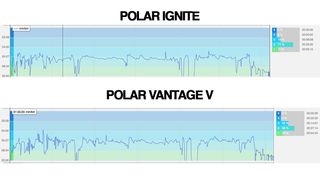
When it comes to tracking, the Polar Ignite packs assisted GPS and GLONASS and we got fast fix times. It regularly beat the much higher-end Garmin Forerunner 945 for a link-up.
In terms of accuracy, we pitched the Ignite against the much more expensive Polar Vantage V and the Forerunner 945 on several runs and we found the Ignite slightly under-estimated the distances, but we’re talking fractions of miles in each case.
The Ignite’s real-time pace readouts varied from both the Forerunner 945 and the Vantage V. For example, in the session pictured the Forerunner and Vantage V clocked average pace of 6:26 mins/km while the Ignite had 6:30. Not a huge difference but there were noticeable differences on the run.
Heart rate
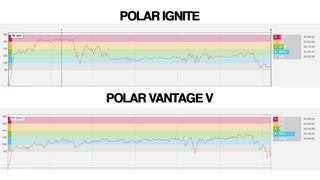
The Ignite features the same Precision Prime optical setup as the Vantage V, pairing nine optical channels using several colors and wavelengths of light and 3D acceleration, with an electrical sensor that measures the quality of sensor-skin contact to help weed out bad data for periods where good sensor contact might be lost.
Continuous heart rate tracking provides readouts for your daily maximum, minimum and lowest heart rate during sleep, and with much of the Polar Ignite's feature set based on heart rate, accuracy here is critical.
However, in our tests we found the Ignite’s current heart rate reading could initially run high compared to the Garmin when we raised our wrist to compare. It would eventually settle to match the Garmin, but it did feel a little erratic.
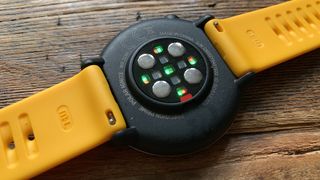
This carried over into activity too. We compared the Ignite’s optical sensor to the Vantage V with a H10 chest strap and the Forerunner 945’s optical sensor and it showed some quite wild readouts on some runs.
For example, during this easy 45 minute recovery run, a large percentage was clocked at a heart rate we know was too high for the effort, and the Vantage V stats ring much truer.
Smartwatch features and missing music
There’s not a huge amount to say about smartwatch features. This isn’t in the app-toting territory of an Apple Watch or focused on the daily life frills like a Fitbit Versa.
There’s no built-in music player or Spotify controls like you’ll find on some Garmin watches, but pairing your Ignite with your smartphone unlocks smart notifications for calls, WhatsApp messages, SMS, Facebook notifications, Instagram DMs and all those wonderful things.
And you can stick on a Do Not Disturb or disable the phone notifications fairly easily from the watch, and set it to block out the beeps and buzzing during the night.
Current page: Fitness and features
Prev Page Introduction, design and display Next Page Battery life and verdict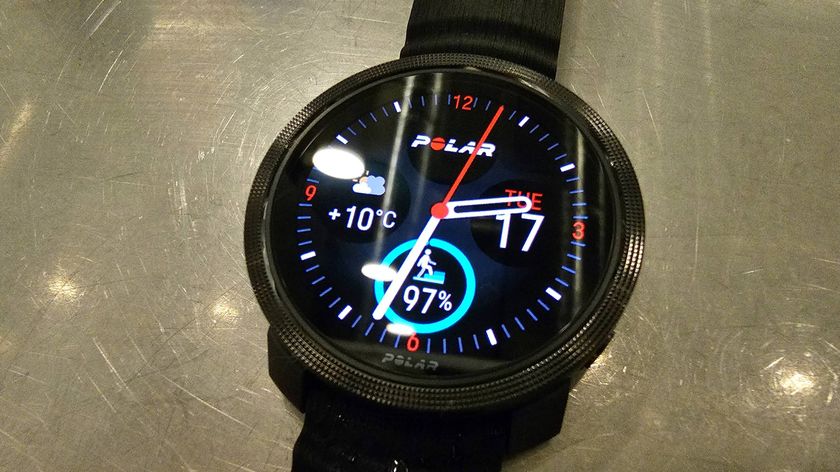
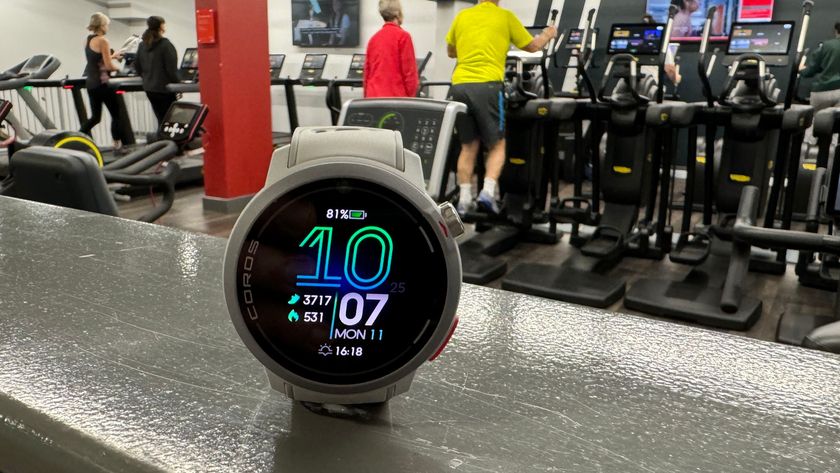
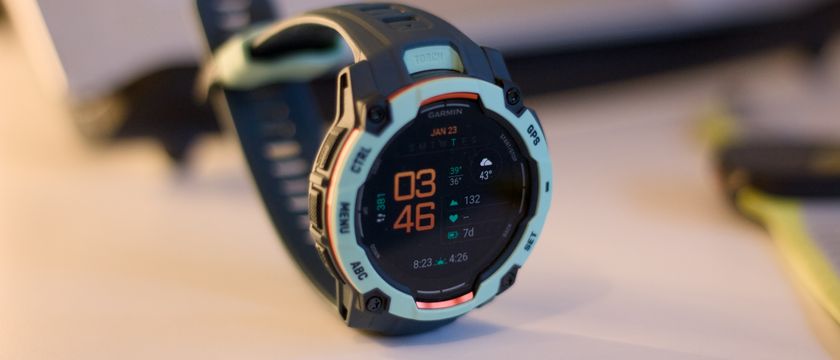
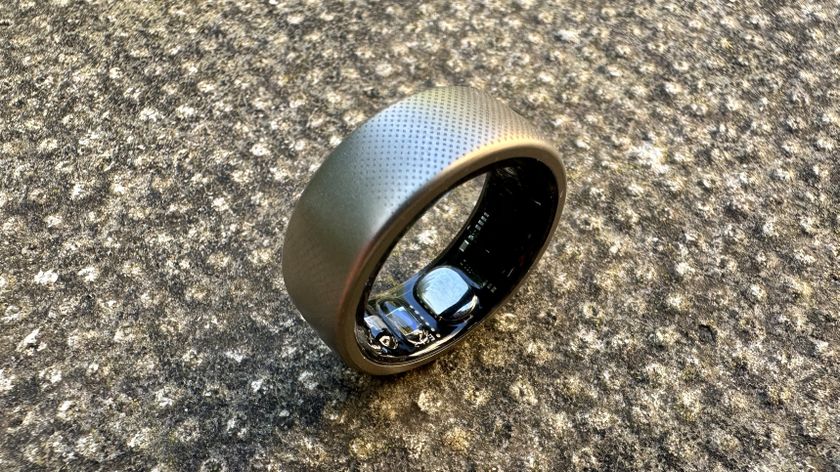
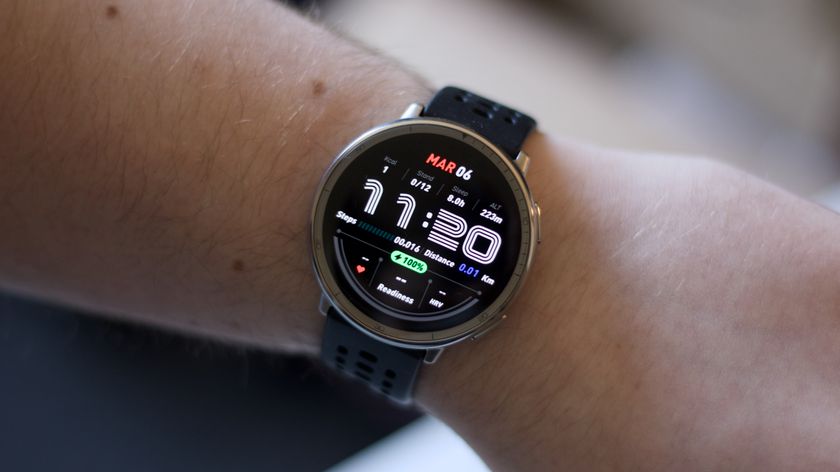
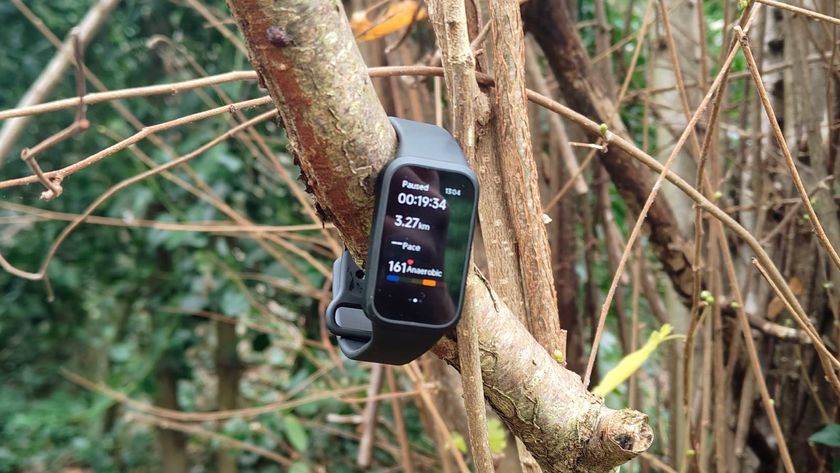



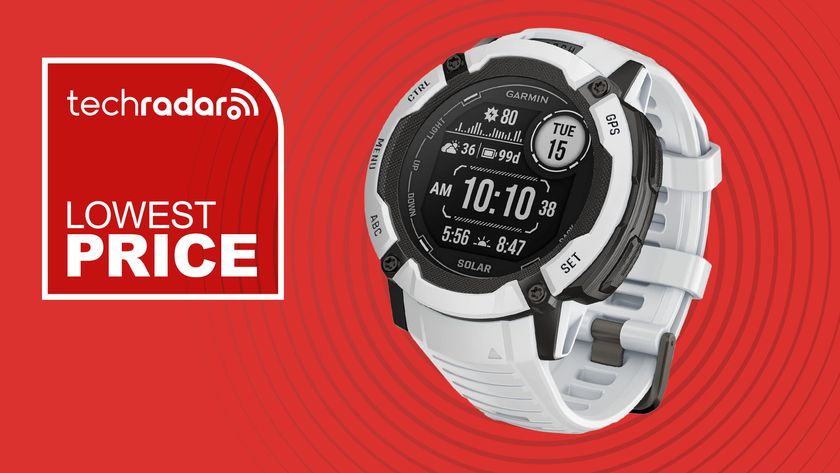

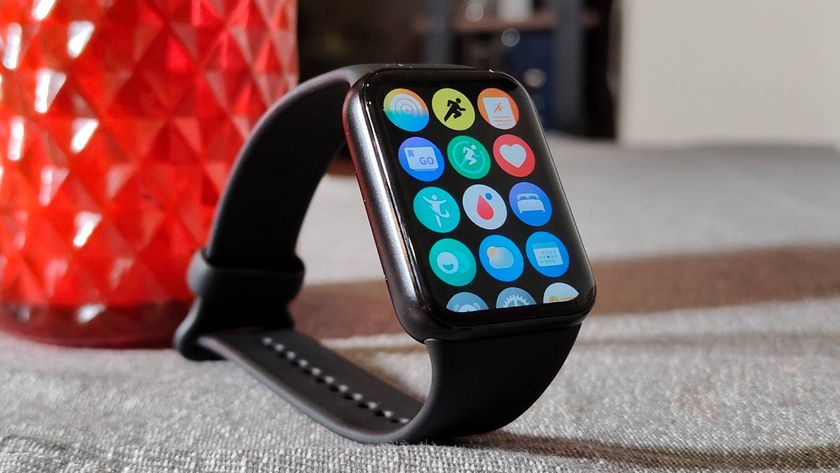
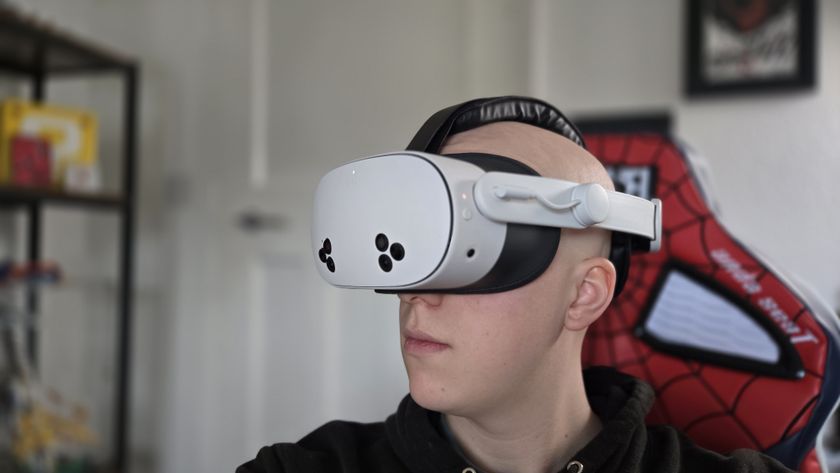
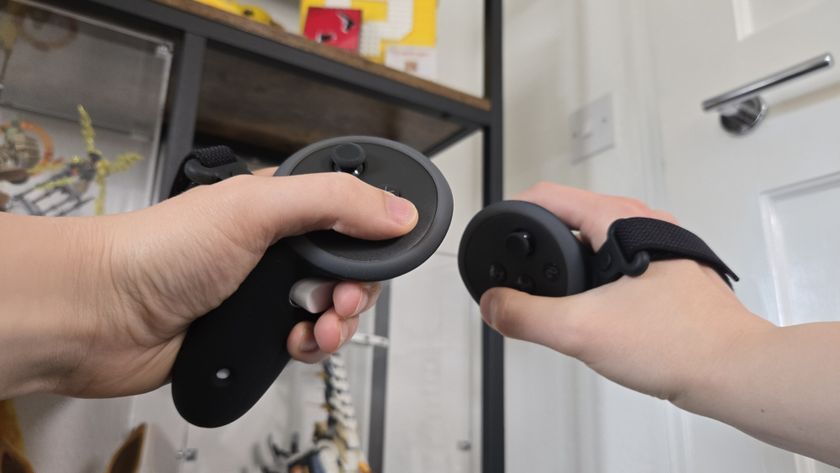
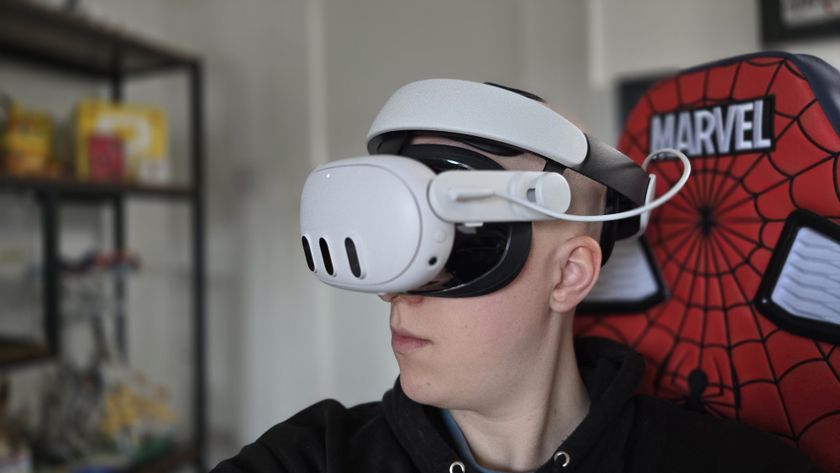
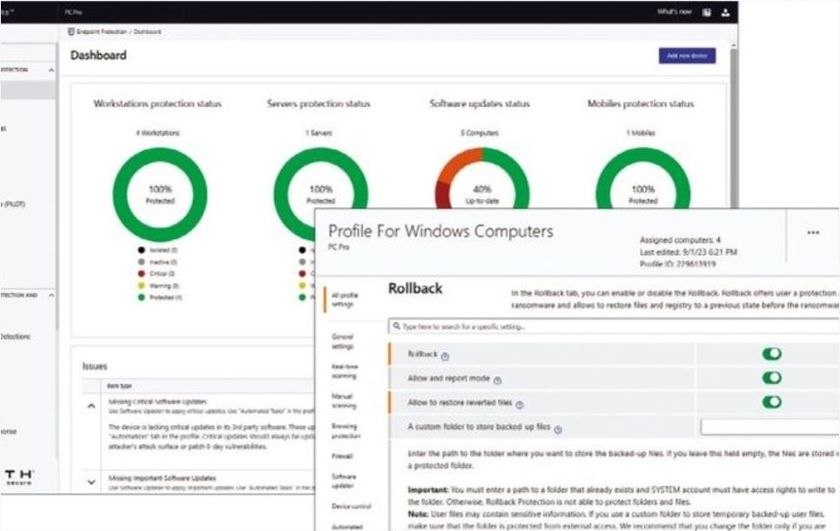
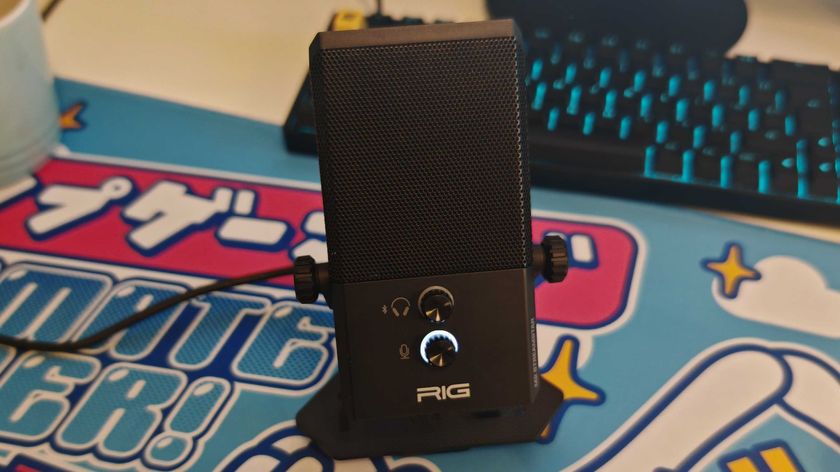
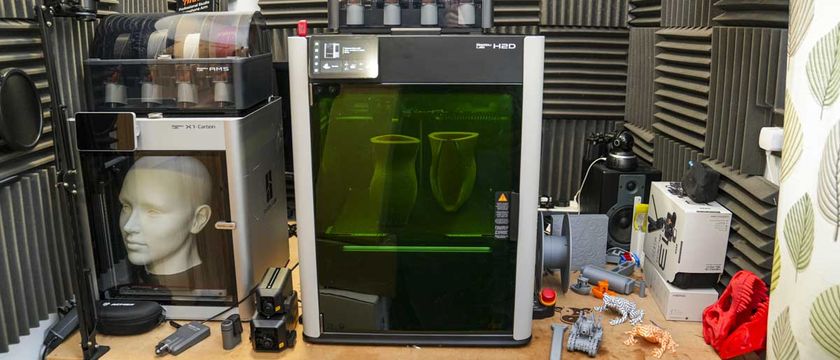
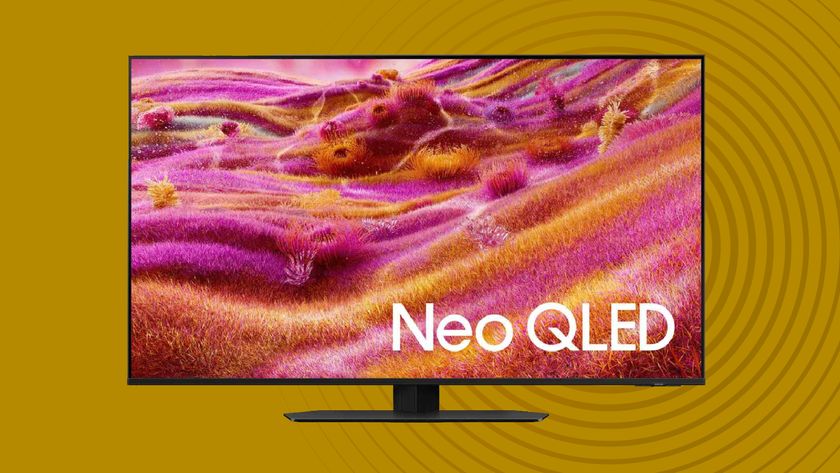
Samsung announces US prices for its 2025 mini-LED TV lineup, and it’s good and bad news
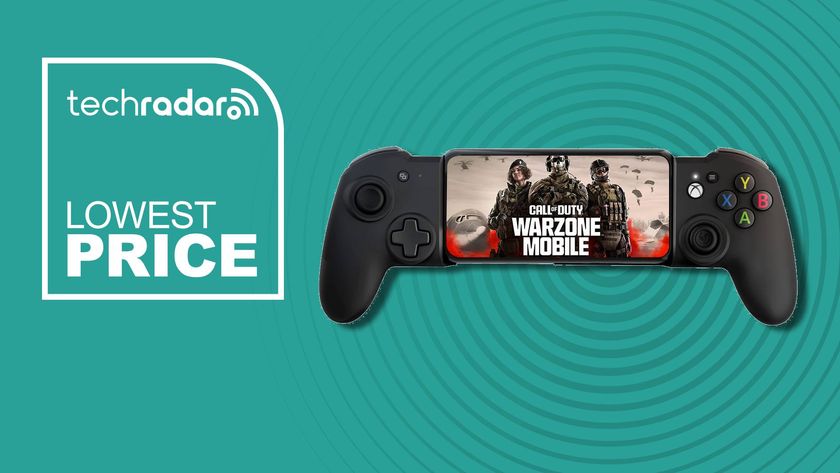
The Nacon MG-X Pro is my go-to mobile gaming controller and while it's a hard sell at full price, you can snag it for an absolute bargain at Amazon right now
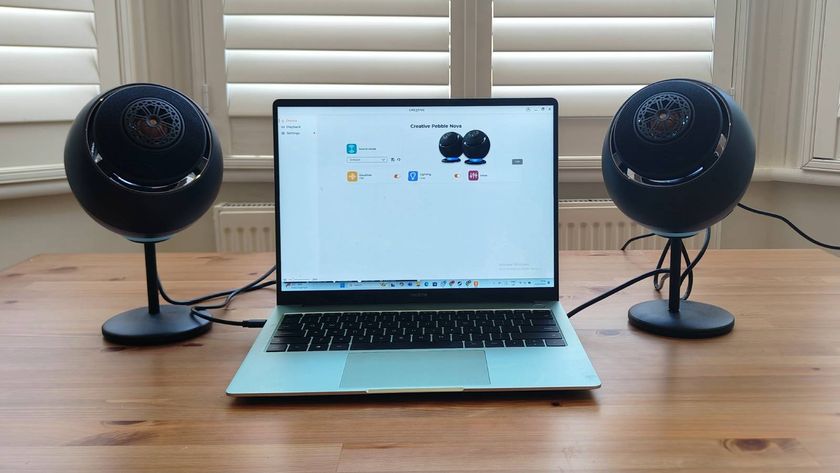
Creative's new otherworldly desktop speakers belong on an alien spaceship – and they're so good, I'd abduct them
